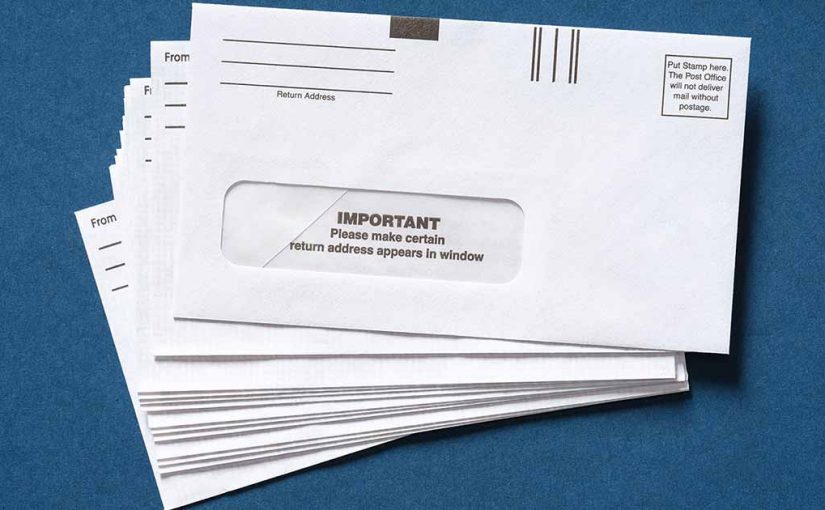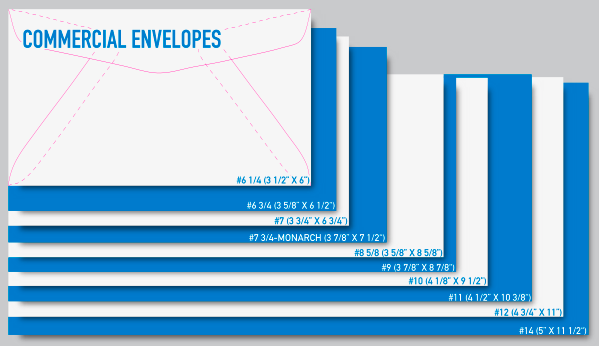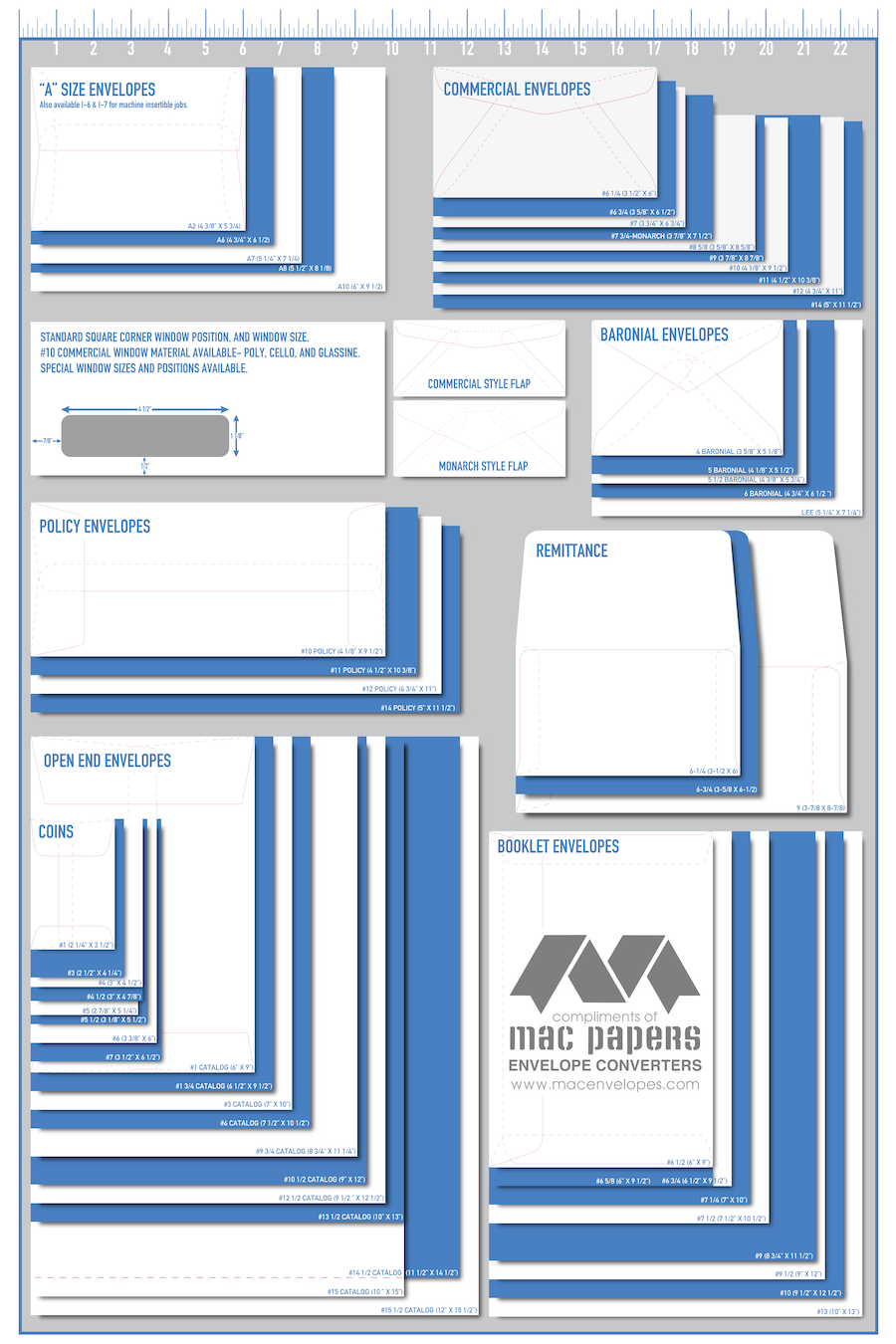Look, not every mail-related question is a high-stakes compliance issue. Sometimes it’s just: “Hey… how do I add a return envelope to this thing?”
And, we get it. If you haven’t done it before, this stuff can feel weirdly tricky. But here’s the good news: it’s incredibly easy—and we made a video to walk you through it, just in case clicking buttons under pressure isn’t your thing.
Watch below to see a walk-through of how to add a return envelope or keep reading to get the quick breakdown:
So, if you’re sending out statements, invoices, ballots, or anything else where you actually want a response (like, in the mail, with a stamp and everything), you’ll want to include a return envelope.
Let’s break it down.
What’s a Return Envelope and Why Does It Matter?
A return envelope is exactly what it sounds like: a second envelope, tucked inside your mailing, that your recipient can use to mail something back to you.
- They open your letter
- They see the return envelope
- They use it
- Everyone wins
This is especially common for:
- Payments (yep, checks are still a thing)
- Forms and ballots
- Surveys and reply cards
If you don’t include one, your return rate drops. People are busy, and no one wants to hunt down an envelope like it’s 1997, you know? In fact, you can’t find just one and no one wants to buy a whole pack of envelopes either. So, best case scenario is to include one yourself for your customers.
How to Add a Return Envelope to Your Mailing
Ready? It’s literally one step. (Told you it was easy.)
When setting up your job online, when you get to the inserts page, simply click on the blue “Add An Envelope” button and select with #9 you want to choose.
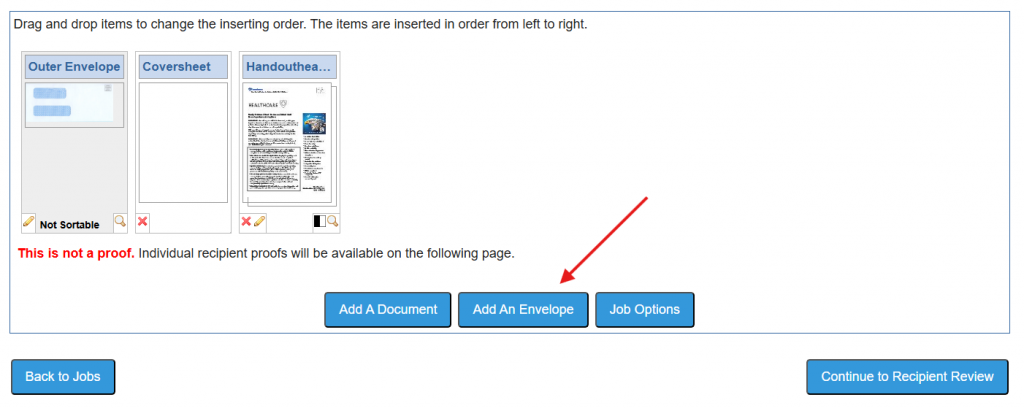
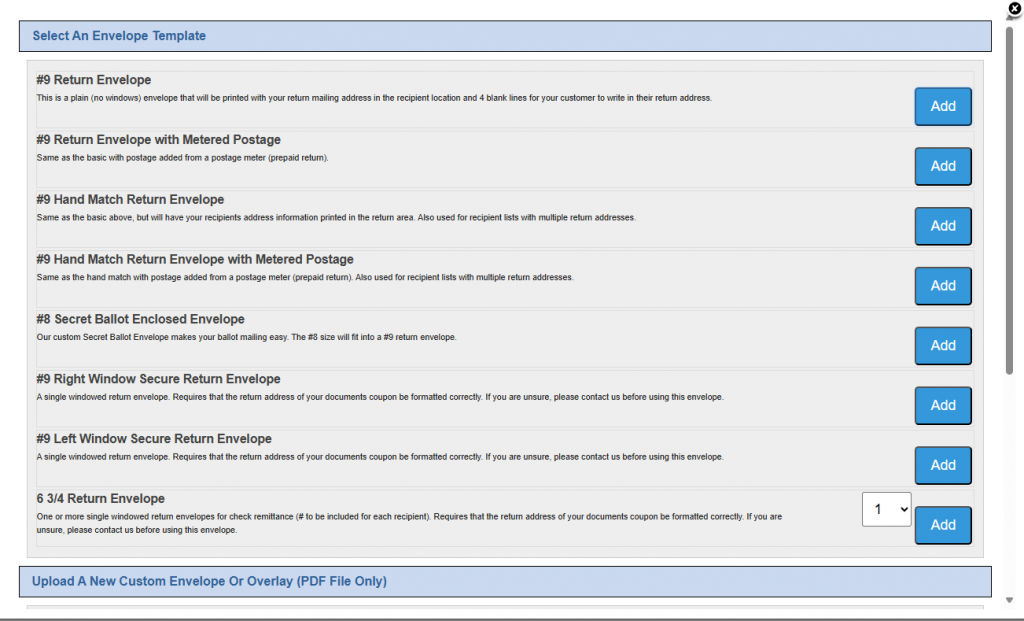
Boom. Done.
The return envelope will be inserted automatically along with your letter or statement. No extra work. No extra clicks. It’s already built into the workflow.

Still unsure? Don’t forget we made a YouTube video that shows you how to add a #9 return envelope.
Because sometimes it’s just easier to see it than read about it.
🎥 Watch: How to Add a Return Envelope: https://www.letterstream.com/redir?utm_source=video&utm_medium=emailvideo&utm_campaign=emailvideo&utm_id=email&link=https://www.youtube.com/@LetterStream
A Few Bonus Tips
- Want it pre-addressed? No problem.
- Need a windowed return envelope? That’s an option.
- Need a #8 ballot or even a 6 3/4 return envelope? Both are options too.
We’ve thought through the logistics so you don’t have to.
Make It Easy for Them to Respond
If you want a reply, make replying easy. It’s that simple.
Adding a return envelope removes friction, increases response rates, and gives your mail that “oh wow, they actually thought this through” energy.
We’re not saying it’ll make your recipients love you more—but… actually, yeah, it might.
If you’re not already a customer, you can create a free account here and if you’ve used us before simply log in here to get your mailing our quickly and easily with or without a return envelope included.
LetterStream offers bulk printing and mailing services allowing companies to send physical mail online. Whether it’s online Certified Mail, First-Class Mail, FedEx 2Day, or postcards, we give both small businesses and large corporations that time and freedom back to work on tasks that better serve the company. If you’re interested in creating a free account, you can do so, here.


